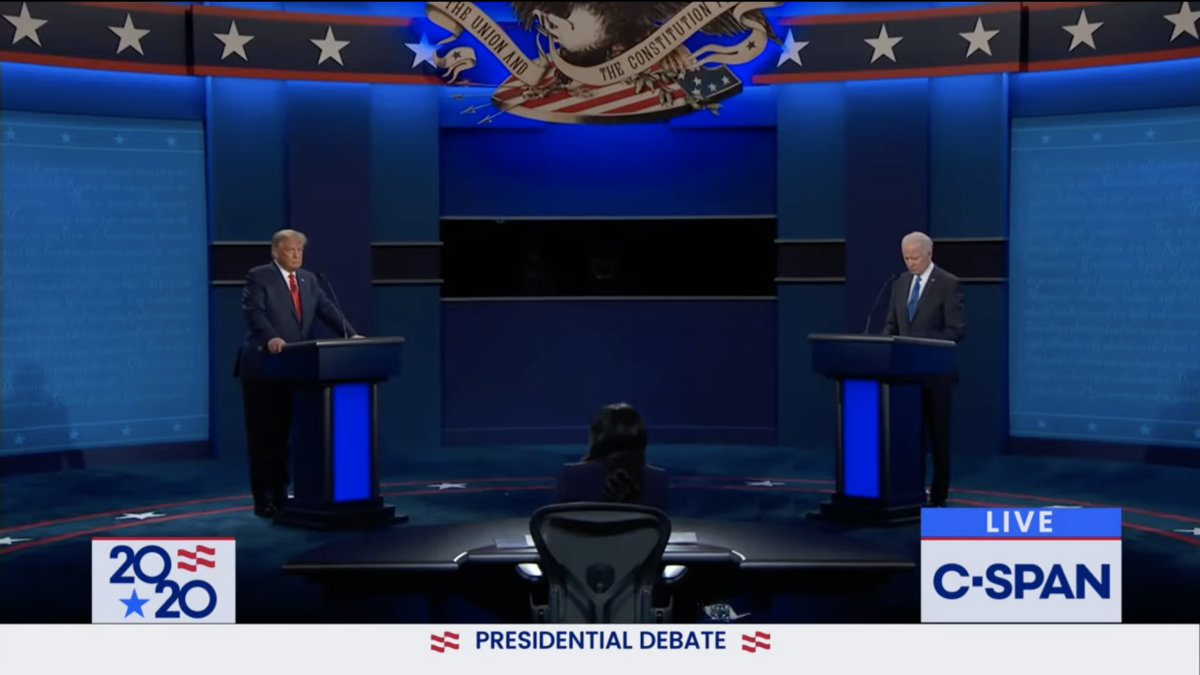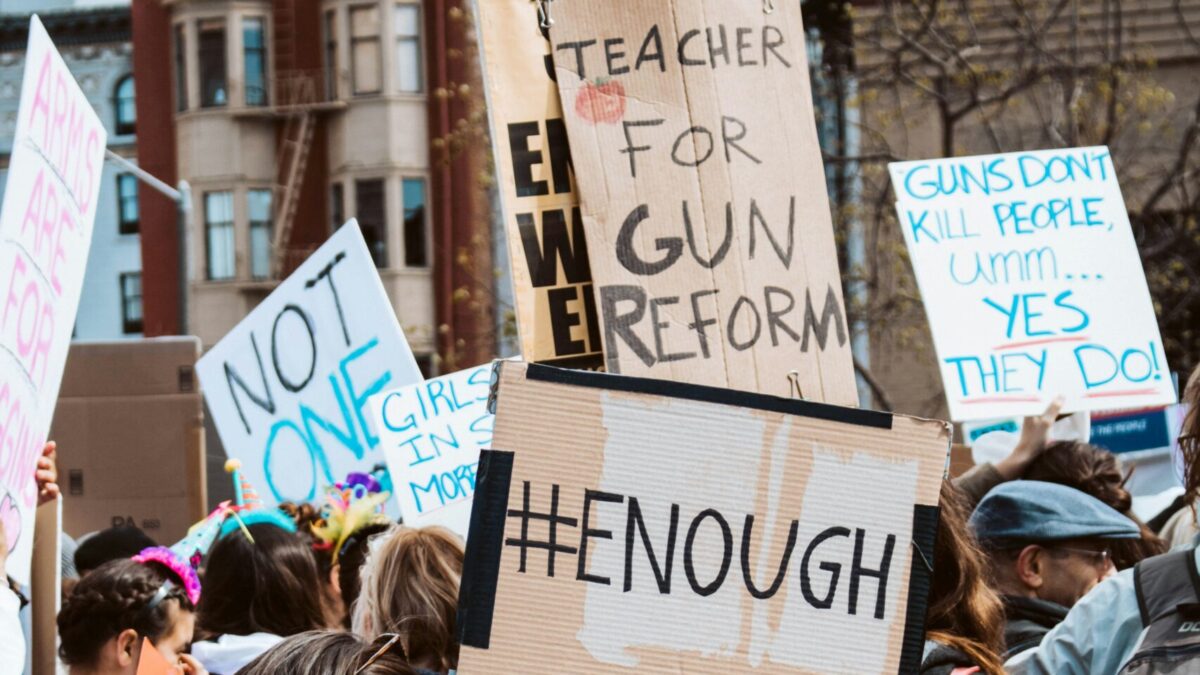
Beginning in May, Playboy will no longer publish pictures of naked women, top executives told the New York Times. This prompted an emergency chat session between Sexytime columnists Rich Cromwell and Mollie Hemingway.
Why do you think Playboy is removing pictures of naked women from its magazine?
Rich: In explaining the move, the company’s chief executive Scott Flanders told the New York Times, “That battle has been fought and won … You’re now one click away from every sex act imaginable for free. And so it’s just passé at this juncture.”
Well, yeah. Rule 34 means that everything is at our fingertips. And it’s horrible. Whereas Playboy used to rely on imagination and a modicum of restraint, it followed the currents and gave up on imagination and restraint. As Flanders explained, that ruined its competitive advantage. Who pays for anything and everything they can imagine when they can get it for free?
Mollie: I find it fascinating that Flanders says “the battle has been won.” On the one hand, he shows a certain self-awareness about the nature and outcome of the war that was being waged by Playboy against sexual morality. On the other, can you imagine a more Pyrrhic victory? Hugh Hefner—and by the way, that New York Times story was mostly noteworthy for letting me know that Hugh Hefner is still alive, God bless him—dreamed of a world where gentlemen enjoy all these luxuries—cigars, fine spirits, voluptuous and willing women who exist to cater to their whims. But his own magazine so cheapened sex that any profits the Playboy corporation makes are derivative from the time when sex still had some kind of value.
The Times article mentioned that the magazine is far less valuable than the licensing of its logo, particularly in other countries. So the bunny logo sells more than the naked lady product, in some perverse reimagining of the late comedian Bill Hicks’ joke about the ultimate commercial. He said the advertisement executives really wanted to run would begin with a shot of a beautiful woman’s face. The camera would slowly pan out to reveal the woman in all her naked glory. Nothing left to the imagination. And the only words would be “Drink Coke.”
Now, you can get a glimpse of random ladies’ saggy breasts simply by taking a casual stroll through Times Square. And there is nothing you can imagine that you can’t get to in two clicks of the Internet. Yet Hefner’s vision of sexual libertinism also created a campus culture that took us from furtive exploits in the 1950s to “Animal House”-style romps in the 1970s and 1980s to, now, some weird dystopic sexual lockdown where you can’t even attempt a kiss without getting expelled from campus on rape charges.
Do you think Playboy is making a good business decision?
Rich: I’m a former subscriber, I’ll admit. In the late ’90s, even early ’00s, it offered decent libertarianism and attractive women. It quickly drifted toward more leftism and crotch shots because Bush, which is LOL since said shots were bereft of any fur. Then it went beta male—polyamory is so strong!—and became a full-on progressive outlet and that’s when it really started to struggle against competitors like Maxim and the Internet. That meant it also failed insofar as profits are concerned, so maybe Playboy’s decision means there’s hope yet.
I have a joke from my younger years. When asked about going to strip clubs, I generally replied, “Why would I go to a theater to watch nothing but previews?” The current sexual climate is nothing but previews, which quickly becomes boring. Particularly for men, Playboy’s primary consumers. Men embrace the challenge. When everything is just given, who cares?
The new (old) format embraces the challenge. It doesn’t give everything away. As such, I am optimistic. If Playboy is is eschewing what Kurt Vonnegut Jr. referred to as “wide open beaver shots” then perhaps, perhaps, we as a society are rediscovering our imaginations and leaving behind our demands for instant gratification.
Where Playboy faces a huge challenge is that they were once also interesting not just for naked women, but for contrarian viewpoints. I didn’t just stop subscribing because I became a father, but also because the viewpoints the authors expressed became predictably liberal. A magazine of naked women is at least mildly interesting. A magazine of doctrinaire liberals rehashing stale talking points, naked women notwithstanding, is just boring. If the magazine is going to eschew nudity, it also needs to eschew naked partisanship.
Mollie: It’s going to be a disaster for them. There’s a joke about reading Playboy for the articles, but it’s a joke for a reason: Literally nobody reads Playboy for the articles. Playboy was, as far as these things go, a slightly more respectable porn mag that had enough of a veneer of redeeming qualities that it kept a sizable subscriber base. The only reason for its existence, though, was the nude photos. And to throw away the only reason for its existence to become Vice for employed men (as one of its execs put it) seems wildly unrealistic. Also, are we sure that many people are reading Vice? Why, exactly, would people spend money on Playboy and not one of the other lad mags? The article makes it clear that Playboy makes its money in foreign countries, losing a huge chunk of change stateside. At best that divide will continue to grow; at worst, even non-Americans will lose interest.
I find your comment about the politics of the magazine to be really interesting, Rich. William Gairdner’s book “The Great Divide” argues that in modern democracies the goals of ostensible opposites—libertarians and socialists—have been fused together to create a regime that provides maximum freedom on the body and sexual matters in exchange for state control over the political and economic freedoms people used to hold sacred. In that regard, Playboy’s move from libertarianism to leftism might not be as surprising. I look forward to wise minds further exploring the themes of the Pink Police State.
So how will sex be portrayed in the culture going forward? Any good news here?
Rich: One of Playboy’s biggest hits these days is Carly Lauren, make that Carly Lauren Elias. Insofar as I can tell, her biggest claim to fame is her Instagram acumen. That is, she’s a master of not getting censored on Instagram, a site not known for its permissiveness. Here’s one of her latest pictures. Whereas she used to post pictures of herself shooting guns, which was also highly problematic but not #freethenipple problematic, now she has the audacity to post fully-clothed pictures of her wedding.
Newton’s Third Law of Motion states that for every action, there is an equal and opposite reaction. In the case of Playboy, the opposite reaction is abjuring nudity and returning to the days of imagination and mild restraint. We may think that the libertine has no bounds, but when the libertine is boundless, embracing bounds is subversive. Whether or not it will work for Playboy remains to be seen, but this is a positive step. A counterculture built on restrained imagination is one better poised to deliver productive results than one built on the sands of unrestrained libertinism. And if a libertine pioneer is riding on the shoulders of a newlywed, then we may have reached a welcome tipping point.
Mollie: This is the most interesting paragraph in the New York Times article:
When Mr. Hefner created the magazine, which featured Marilyn Monroe on its debut cover in 1953, he did so to please himself. ‘If you’re a man between the ages of 18 and 80, Playboy is meant for you,’ he said in his first editor’s letter. ‘We enjoy mixing up cocktails and an hors d’oeuvre or two, putting a little mood music on the phonograph, and inviting in a female acquaintance for a quiet discussion on Picasso, Nietzsche, jazz, sex …’
This was the advertisement for the product he sold. The reality, of course, was very different. By the end of his life—for at least the last few decades, really—Hefner’s lady friends were bought off with drugs, nice digs, and a chance at fame, later telling stories about how much they detested what they had to do in exchange for those things. They weren’t in a position to discuss Picasso, Nietzsche, or jazz any more than Hefner could.
He may have thought that his vision of sexual libertinism would please himself but only the most adolescent of men would believe that he achieved that. It’s a great morality tale about what happens when you throw off received knowledge about something as important and foundational as sex. Sex is much more complicated than Hefner’s commercial product suggested and pretending otherwise was a good way to end up extremely lonely, if not diseased.
On some level, the image of manhood and sexuality that Hefner was selling was always contradictory. You don’t get to be a cultured and refined modern man without exercising judgment and self restraint, but the sexual revolution that Hefner helped kickstart encouraged men and women to abandon the very inhibitions that helped make sex so alluring in the first place.
Hefner suggested that the complete male was a man who appreciated the finer things in life. In this view, women were just one of the many consumer goods that a gentlemen would appreciate. But such a view is profoundly demeaning to women and, it turns out, even worse for men. Hefner threw away the intimacy and drama of monogamy for what was supposed to be the excitement and fulfillment of easy sex.
The lack of any naked ladies in the pages of Playboy is a perfect description of where sexual libertinism actually leads.









